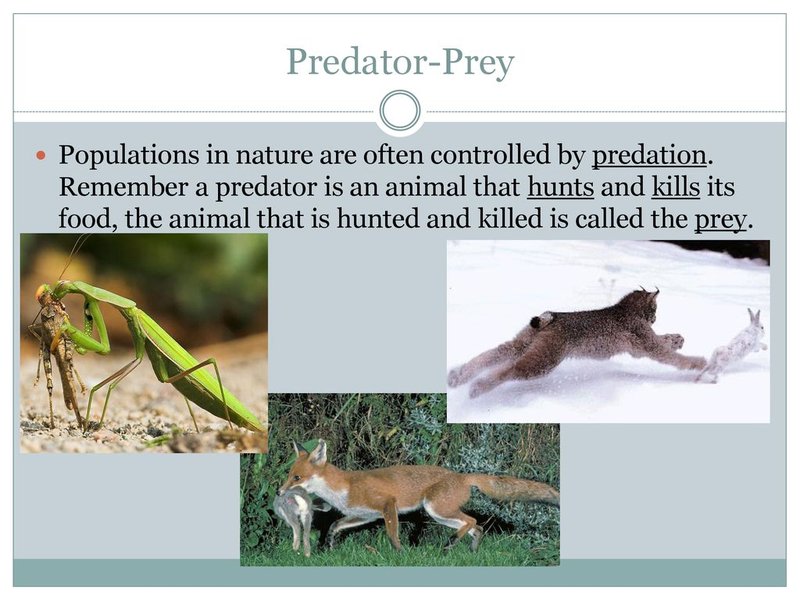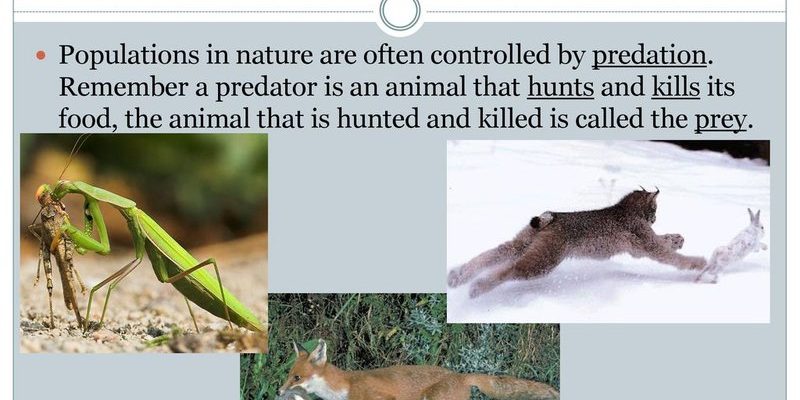
So, what exactly threatens these little guys? Honestly, it boils down to two main categories: predators and environmental threats. Understanding how these factors affect enchytraeid populations isn’t just an academic exercise; it has real-world implications for soil health and agriculture. If we want our gardens and farms to thrive, we need to keep an eye on these miniature warriors and the challenges they face.
Understanding Enchytraeid Ecology
To fully grasp the threats to enchytraeid populations, we first need to understand where they fit into our ecosystem. Enchytraeids are primarily found in moist soil environments, where they play a key role in the decomposition process. They feed on dead plant material and microbial organisms, turning waste into nutrients that promote healthy soil. Think of them as nature’s recyclers, breaking down debris to enrich the ground for plants.
You might be wondering what makes the soil so special for these creatures. Well, enchytraeid populations thrive in environments rich in organic matter and moisture. They prefer temperate climates with adequate rainfall, which helps them maintain the necessary moisture levels. In the grand scheme, they form a vital part of the food web, serving as prey for various predators while also supporting plant life.
Metaphorically speaking, enchytraeids are like little engines in the soil, driving the nutrient cycle and ensuring that energy moves up the food chain. When you disturb their habitat, however, it’s akin to throwing a wrench into a well-oiled machine. This is where predators and environmental changes come into play.
Predators of Enchytraeid Populations
Just like any small creature, enchytraeids have their fair share of predators. These include larger soil-dwelling organisms such as earthworms, nematodes, and even some insects that feed on them. Think of it as the circle of life—in a way, the presence of these predators indicates that the ecosystem is functioning correctly. However, an imbalance can lead to overpredation, threatening enchytraeid populations.
Another interesting predator to consider is the bird. Birds often feed on soil invertebrates, including enchytraeids. This predation is particularly impactful in areas where birds forage more heavily, such as gardens and agricultural fields. This can lead to fluctuating populations, making it difficult for enchytraeids to maintain their numbers.
You might be thinking, “Can’t they just reproduce more to keep up with the predators?” While they do reproduce quite effectively, the pressures from predation can sometimes exceed their capacity to rebound. In a healthy soil environment, a balance exists, but when predators become too numerous or when environmental stressors come into play, that balance shifts unfavorably.
Environmental Threats to Enchytraeid Populations
Now, let’s dive into the environmental threats that pose a challenge to enchytraeid populations. One major issue is soil degradation. When soil health declines due to overuse or improper farming practices, enchytraeids struggle to find a suitable habitat. Poor soil leads to a lack of organic matter, and without food, these tiny creatures can’t survive.
Another significant threat is pesticide use. While many people think of pesticides in the context of preventing crop damage, these chemicals can seriously harm non-target organisms like enchytraeids. Pesticides can disrupt their life cycles and reduce populations dramatically. Imagine if someone set off a loud alarm in the middle of the night—many creatures would scatter or become disoriented, just like how enchytraeids react to chemical stressors.
So, why does this matter? Well, the health of enchytraeid populations directly affects soil productivity. If these organisms diminish, we could face lower crop yields and diminished soil quality. It’s a ripple effect that can impact everything from local food systems to broader ecological balance.
Climate Change and Its Impact
Let’s not forget about climate change, which adds another layer of difficulty for enchytraeids. Changes in temperature and moisture levels can drastically alter their habitats. For example, if the soil becomes too dry due to rising temperatures, enchytraeids may either die off or be forced to migrate, which isn’t always feasible for such small organisms.
Furthermore, climate change can lead to shifts in predator populations as well. Some predators may thrive in warmer temperatures, leading to increased predation on enchytraeids. It’s a complex web of interactions that can create a hostile environment for these little soil workers.
Plus, extreme weather events like heavy rainfall or drought can disrupt their lifecycle. Imagine having your home flooded—you’d be forced to evacuate and might even lose essential resources. That’s exactly what can happen to enchytraeids in increasingly erratic weather patterns.
Conservation Efforts for Enchytraeid Populations
So, what can be done to help these little creatures thrive despite their challenges? Conservation efforts are key. This can range from promoting sustainable farming practices to supporting organic agricultural methods. Using fewer pesticides and reducing soil disruption can significantly help maintain enchytraeid populations.
You might wonder how you can contribute. If you have a garden, consider planting a variety of native plants that promote soil health. Create a compost pile to enrich the soil and provide food for enchytraeids. These small actions can lead to a richer environment that supports a diverse range of soil organisms.
Moreover, encouraging awareness about these tiny creatures through local educational programs can make a significant difference. As people become more informed about the ecological importance of enchytraeids, they may be more willing to adopt environmentally friendly practices.
In summary, enchytraeid populations face various challenges, from predation to environmental threats. As small yet critical members of the soil ecosystem, their health impacts not just the ground they inhabit but also the broader environment. By recognizing these challenges, we can take steps to protect these little warriors of the soil.
Combating the threats to enchytraeid populations involves a community effort, including sustainable practices, education, and conservation initiatives. It’s about finding balance in our ecosystems so that these tiny creatures can continue their essential work. After all, in the grand tapestry of nature, every thread counts—even the tiniest.

